A synthesis of manganese phytotoxicity (Review)
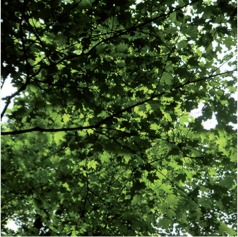
Manganese phytotoxicity is an important edaphic stress that is poorly understood. Fernando and Lynch (pp. 313–319) review processes regulating Mn availability in soils, mechanisms of Mn phytotoxicity and possible mechanisms for accounting for the large variation in Mn tolerance among plant taxa. The strong effects of light, temperature, precipitation and other climate variables on Mn phytoavailability and phytotoxicity suggest that global climate change is likely to exacerbate Mn toxicity in the future, which has largely escaped scientific attention. Large inter- and intra-specific genetic variation in tolerance to Mn toxicity suggests that increased Mn toxicity in natural ecosystems may drive changes in community composition, but that in agroecosystems crops may be developed with greater Mn tolerance.
Arabidopsis semi-dwarf root systems and gibberellin biosynthesis
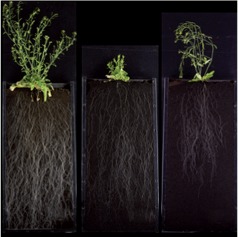
Arabidopsis thaliana semi-dwarf accessions carry inactive alleles at the gibberellin biosynthesis GA5 locus. Barboza-Barquero et al. (pp. 321–331) check for pleiotropic effects in the root system of semi-dwarfs in comparison with tall, near-related accessions and find some GA5 mutations with decreased root length in comparison to the related wild types. However, the deepest root system was found in a semi-dwarf accession, and this was independent from the ga5 loss-of-function allele, as shown by co-segregation analysis. They conclude that the observed diversity in root system growth and architecture occurs independently from semi-dwarf phenotypes, and is probably linked to a genetic background effect.
Secondary phloem diversity and evolution in Bignonieae

Since the appearance of a vascular system in plants, phloem has diversified tremendously but how it has evolved has been explored only across very broad scales. Pace et al. (pp. 333–358) use the species-rich tribe Bignonieae (Bignoniaceae) as a model to study phloem anatomical evolution within a narrower scale by coding 19 characters in 56 species from all 21 genera. They find that the secondary phloem is extremely diverse, with sister lineages exhibiting distinct anatomies derived from contrasting patterns of evolution in fibre abundance. Fibre abundance in the tribe has diversified in correlation with sieve tube arrangement, sieve tube morphology, number of companion cells and parenchyma type.
Diversity and relationships of Crocus sativus and its relatives
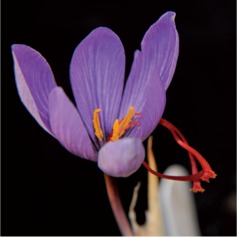
The genus Crocus shows few phylogenetic patterns below the level of series Crocus. Alsayied et al. (pp. 359–368) use inter-retroelement amplified polymorphisms to examine diversity and relationships in series Crocus, including saffron (Crocus sativus), a sterile triploid. They detect high levels of polymorphism within and between sexually reproducing Crocus species, but no polymorphisms are seen among 17 C. sativus accessions, so saffron is most likely a single allotriploid clone, and C. cartwrightianus and C. pallasii subsp. pallasii (or close relatives) are the most likely ancestors. These results may facilitate resynthesizing saffron with improved characteristics, and show the need for conservation and collection of wild Crocus.
Global 5-methylcytosine alterations in DNA during ageing of seeds
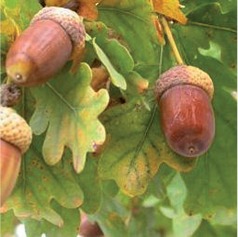
Epigenetic regulation plays an important role in the management of plant growth and development, and several reports have indicated that DNA methylation plays a critical role in seed development and viability. Michalak et al. (pp. 369–376) study mature seeds of oak, Quercus robur, and find that an ageing-related decrease in total 5-methylcytosine during storage of recalcitrant seeds is highly and significantly correlated with a decrease in seed viability. Moreover, a significant difference is demonstrated between DNA methylation dynamics in orthodox and recalcitrant seeds. These findings advance our understanding of the mechanisms underlying the differences between the viability of recalcitrant and orthodox seeds during storage.
Transient dynamics improve population projections for orchids
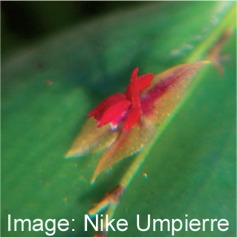
The basic assumption that populations are at stable stage distribution may limit the ability to predict population dynamics, and the inclusion of transient dynamics may result in outputs that are more realistic. Tremblay et al. (pp. 381–390) use the the R software package popdemo and data for a rare epiphytic orchid, Lepanthes rubripetala, as a model system and find that combining asymptotic and transient dynamics expands the understanding of possible population changes. For example, transfer function analysis suggests that the traditional approach of measuring perturbation on growth rates and persistence may be misleading and could result in erroneous management decisions. They conclude that an integrative approach is preferable for designing rapid and efficient interventions after disturbances, and for developing strategies to establish new populations.
Complexities of orchid seedling establishment (Viewpoint)
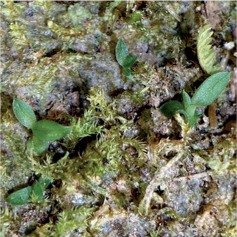
Many orchid species are vulnerable or threatened, and sustainable populations rely on seedling recruitment. Seed packet techniques have made it possible to study the minute and mycotrophic early-stage seedlings in situ. Rasmussen et al. (pp. 391–402) survey 20 years of progress and note that the germination niche for orchids is extremely complex, because it is defined by requirements not only for seed lodging and germination, but also for presence of a fungal host and its substrate. Complexity is furthermore increased when these factors influence seeds/seedling, fungi and fungal substrate differentially. They conclude that a better understanding of germination and seedling establishment is clearly needed for conservation of orchid populations.
Abscisic acid and seed development in a lady’s slipper orchid

Although abscisic acid (ABA) is commonly recognized as a primary cause of seed dormancy, there is little information on its role during orchid seed development. Lee et al. (pp. 403–411) study the dynamic changes of endogenous ABA concentration and distribution during seed development of Cypripedium formosanum and find that it serves as the key inhibitor of germination. A distinct accumulation pattern of ABA suggests that it is synthesized in the cytosol of embryo cells during the early stages of seed development, and is then exported to the apoplastic region of the cells for subsequent regulatory processes as seeds approach maturity.
Mycorrhizal fungi and distribution of specialized orchids
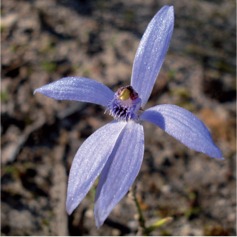
Specialized interactions have repeatedly evolved in the Orchidaceae, and subsequently may limit the geographic range of orchids. Davis et al. (pp. 413–421) undertake a phylogenetic analysis of fungal isolates from Pheladenia deformis, an orchid with a continent-wide distribution, and find that the orchid is predominantly utilizing a single fungal operational taxonomic unit (OTU) in the genus Sebacina. The use of a widespread fungal OTU in P. deformis enables a broad distribution despite high mycorrhizal specificity. Other Sebacina OTUs utilized by different short-range endemic orchids were also found to have a continent-wide distribution, demonstrating that biogeographic patterns in orchids are likely to be driven by other factors such as edaphic requirements and pollinator-mediated limitations.
Saprotrophic fungi and fully mycoheterotrophic orchids
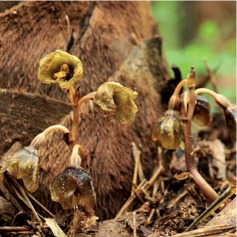
Only a few fully mycoheterotrophic (MH) orchids are currently known to be mycorrhizal with saprotrophic, mostly wood-decomposing fungi, instead of ectomycorrhizal fungi. Lee et al. (pp. 423–435) identify mycorrhizal fungi for seven MH orchid species growing in four humid and warm subtropical forests in Taiwan and find that six of them are mycorrhizal with saprotrophic fungi that are either wood- or litter-decaying. They conclude that MH orchids utilizing saprotrophic, non-Rhizoctonia fungi as a carbon and nutrient source are clearly more frequent than hitherto assumed, allowing them to thrive in deeply shaded, light-limiting forest understoreys even without support from ectomycorrhizal fungi.
Pollination of Specklinia by nectar feeding Drosophila

Species of the Specklinia endotrachys complex are known to be visited by flies of the genus Drosophila. Karremans et al. (pp. 437–455) conduct field studies and find that the flies of different species of the Drosophila repleta group are attracted by aggregation pheromones, including ethyl tiglate, methyl tiglate and isopropyl tiglate, released by the flowers. Nectar drops are secreted by stomata on the sepals, encouraging the flies, both males and females, to linger on the flowers for several hours at a time. Pollen is removed or deposited by the fly when exiting backwards out of the column/lip cavity. The results indicate that there is no species-specific relationship between the orchids and the flies; however, it is not expected that the Specklinia species will hybridize naturally as their populations do not overlap geographically.
Evolution of reproductive isolation in Dendrobium

Investigation of interspecific reproductive barriers is crucial to understand origins and evolution of species. Pinheiro et al. (pp. 457–467) examine the contribution of transitions between self-compatibility and self-incompatibility and genetic divergence in the evolution of reproductive isolation (RI) in Dendrobium, one of the largest orchid genera. They find that genetic distance among species is significantly correlated with interspecific seed production, suggesting a gradual evolution of RI. Significant reproductive barriers between self-compatible and self-incompatible species are detected, preventing gene flow among Dendrobium species, and they conclude that changes in the compatibility system may constitute an important evolutionary process contributing to the high levels of species diversity in this tropical orchid group.


